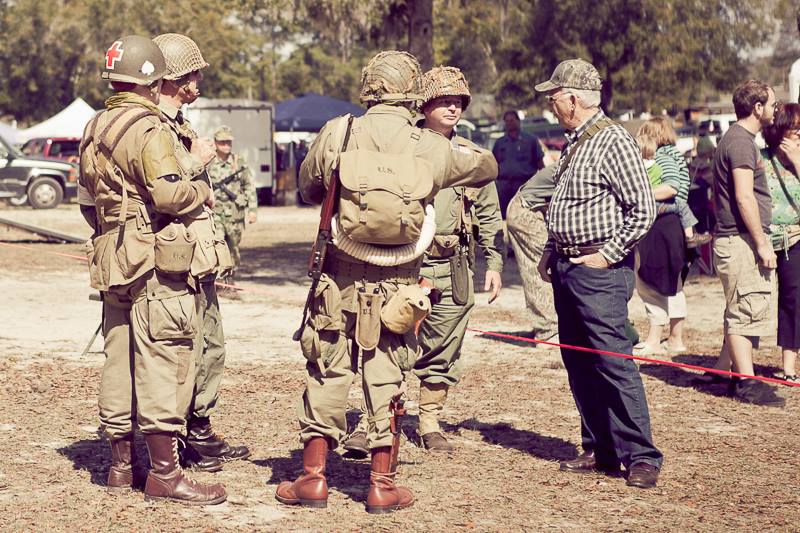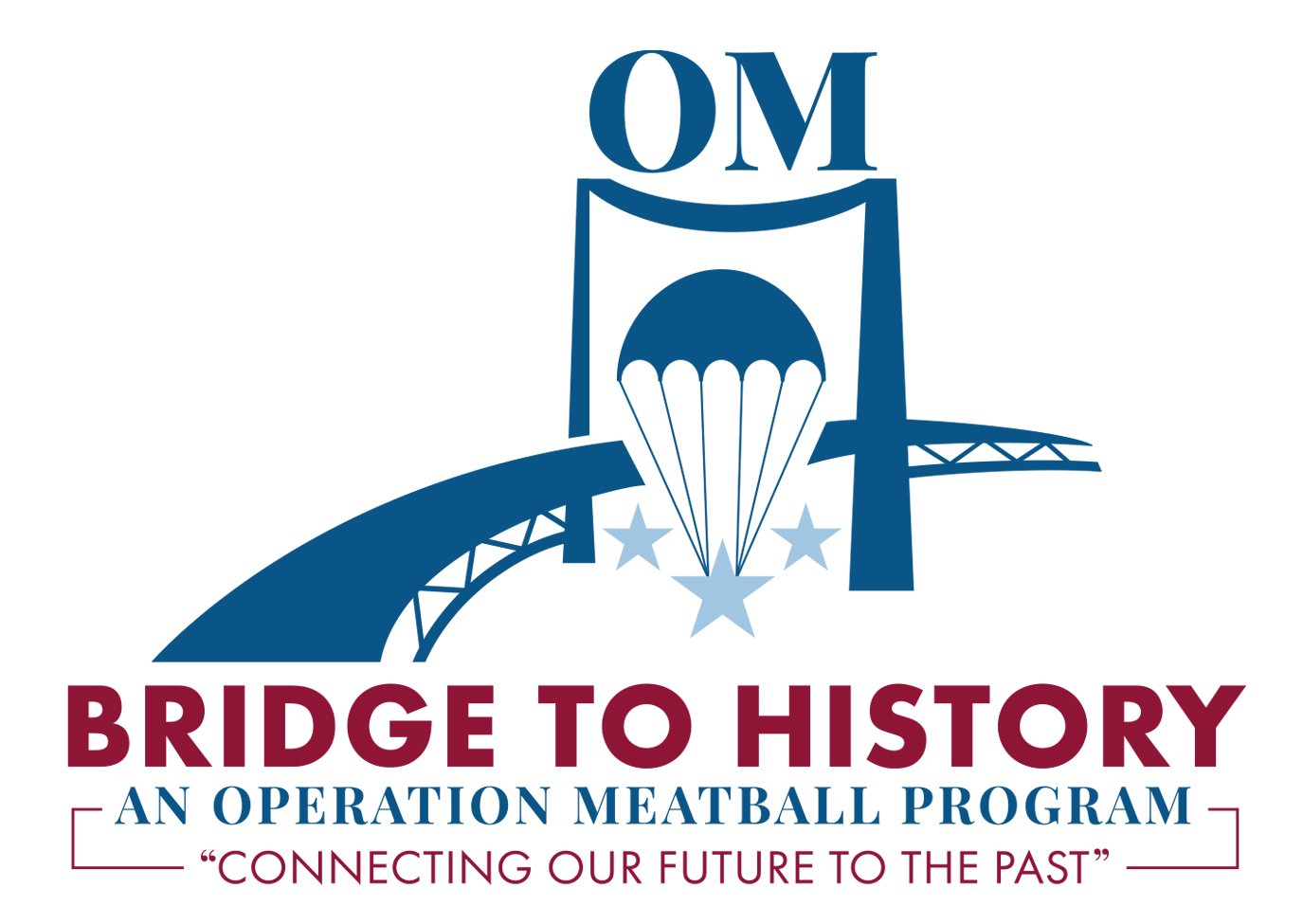Week of Honor Flights: Highlights from Flights Ohio, Ilionois, and Arizona
/We are just a couple days in and we have met so many wonderful men at the WWII Memorial. The Honor Flight program has given a truly meaningful gift to these veterans by bringing them out to D.C. to see the memorial created for them. We have loved talking with them and finding out a little bit about their service and their life. Each one of these men, whether they are a WWII, Korea, or Vietnam veteran, has a unique and important story they are just waiting to be asked about.
At some point during Honor Flight that comes to the memorial, all the veterans line up for a picture. It is one of the most incredible picture experiences we have ever watched: to see so much living history, pulled together for a brief moment in time before dispersing, never to meet them again. . .old men who were once strapping young boys with the world at their feet and a mission to save it. Now, they are brought to the memorial at the end of their life, grey-haired and in wheel chairs, but with a fighting spirit still in them having laid the world at the feet of the next generation.
During WWII, mothers who had a son in the war would hang a blue star in the window or on the door. Later if the son was killed, a gold star replaced the blue one.. There are over 4000 gold stars on the wall at the WWII memorial. Each star represents approximately 100 soldiers who died during the war. When the veterans come to the memorial, this wall is very important to them.
Mr. Burch learned the bag pipes four years ago to quit smoking. One of his favorites was Danny Boy so Faith got to sing it to him!
Virginia has become the mascot for the veterans.
Mr. Watling was stationed on a ship that was rather unusual compared to most Navy vessels. It was made of wood and approximately 132 feet long. He said "It was like a cork bobbing around in the water."
Mr. Ditton told us he was practically born in the saddle. He got his first horse when he was 6 years old and road it to and from school very day.
Mr. Ashley (Right) was a chemist's mate in the Pacific. After making it on to Tarawa during the invasion he helped to put up the hospital there. Mr. Ashley is the first "medic" we have had the privilege to meet.
Mr. Robert Lake turned 18 the day the Japanese surrendered and was shortly after sent to relieve the fatigued, battle weary soldiers. He showed us a newspaper clipping of his cousin who was killed in Korea.
Mr Vasen was stationed in Germany for almost a year. General Eisenhower passed in his limousine every day. Mr Vasen would salute each time. He never knew if "Ike" ever saw, but paid his respects nonetheless.




















